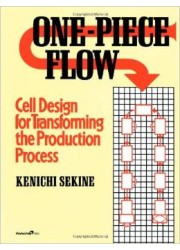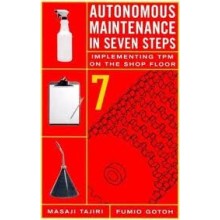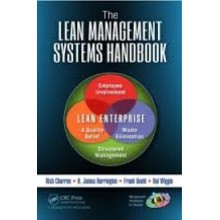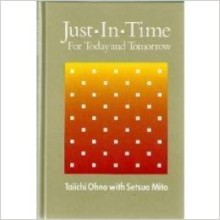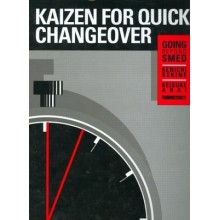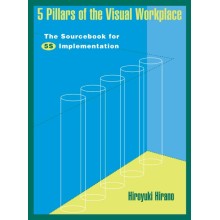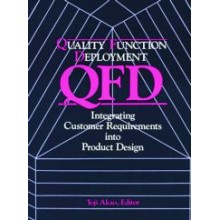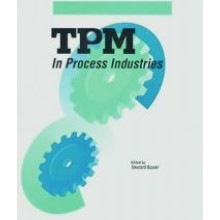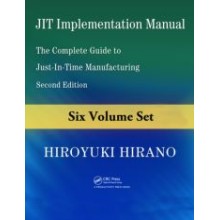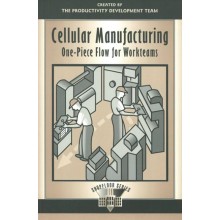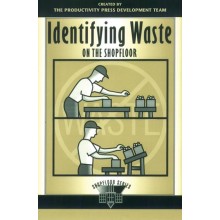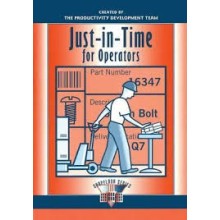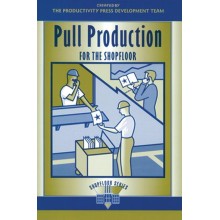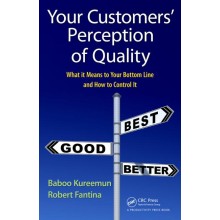One-Piece Flow : Cell Design for Transforming the Production Process
Quantity:
-
Add to Compare
By reconfiguring your traditional assembly lines into production cells based on one-piece flow, you can drastically reduce your lead time, staffing requirements, and number of defects. Kenichi Sekine studied under the late Shigeo Shingo and is responsible for many recent advances in the deployment of the Toyota Production System in Japan. In this comprehensive book, Sekine provides an in-depth education into the why's and how's of the restructuring process.
Sekine first examines the basic principles of process flow building, then offers detailed case studies of how various industries designed unique one-piece flow systems (parallel, L-shaped, and U-shaped floor plans) to meet their particular needs. One-Piece Flow describes each step in the process of establishing one-piece flow and: (1) provides ample "test your skills" worksheets that guide you through the solution of problems, and (2) includes over 300 illustrations and 14 single-page case studies that show how to cut assembly personnel in various industries.
Features :
With this book, plant managers will learn how to eliminate overstaffing waste and build a multi-skilled work force equipped to support JIT manufacturing.
The book includes :
• Basic concept of one-piece production
• Case studies
• Process razing techniques
• U-shaped cells for assembly lines
• Techniques for removing waste from factories
• Establishing one-piece flow at a factory that produces small lots on a customer-order basis
• Single" delivery at MYNAC
Table of Contents :
Illustrations
Publisher's Message
Preface
Part 1 : Basics
Chapter 1 : The Basic Concepts of One-Piece Production
Chapter 2 : Cutting Assembly Personnel by Half : Case Studies
Chapter 3 : Establishing a Wide-variety Small-lot Production System
Chapter 4 : Illustrating Process Razing
Chapter 5 : Process Razing Techniques
Chapter 6 : Trial Elimination of Conveyors
Chapter 7 : U-shaped Cells for Assembly Lines
Chapter 8 : Establishing U-shaped Cells in a Garment Factory
Chapter 9 : U-shaped Cells for Electronic Component Assembly
Chapter 10 : Techniques for Removing Waste from Factories
Part 2 : Application
Chapter 11 : Color Changeover Improvement at Japan's Oldest Plastics Company : The Case of Starlight Industries
Chapter 12 : Establishing One-Piece Flow at a Factory that Produces Small Lots on a Customer-order Basis : The Case of Oriental Motor
Chapter 13 : "Single" Delivery at MTNAC : From Order to Delivery in Nine Days
Chapter 14 : Reducing Waste on Printed Circuit Board Component Assembly Lines : The Case of Kumamoto Electronics
About the Author
Index
Appendix
Index
Write a review
Your Name:Your Review: Note: HTML is not translated!
Rating: Bad Good
Enter the code in the box below:
Copyright © 2014 Engineering Standards Bureau. All Rights Reserved.
Developed By Zoom Into Web


